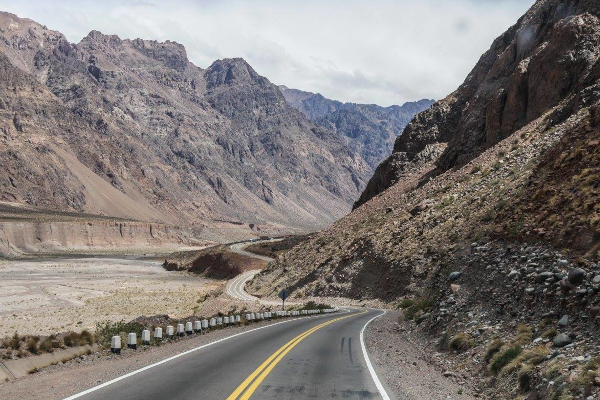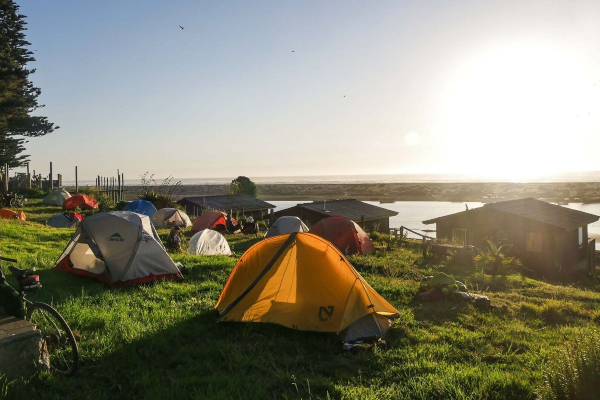South American Epic section 8
The Lake District
South American Epic 8. The Lake District Santiago to Puerto Montt Leaving the metropolis of Santiago, you will spin into the Colchagua valley wine growing region, alongside the Rio Mantequito, and then down Chile’s rugged Pacific Coast. You will cycle through the spectacular Lake District – an area featuring dozens of lakes, snow capped volcanoes, rushing rivers and tranquil forests. On to the harbor city of Puerto Montt. The Lake District
Highlights
- Santa Cruz & the renowned Colchaqua Valley wine region
- Sampling seafood along Chile’s southren Pacific coastline
- Backroads and river crossings
- Lakeside views of Osorno and other volcanoes
Details
| Type | Tour bike |
| Duration | 16 days |
| Level | Challenging |
| Support | Guided |
| Total distance | 945 mi / 1520 km |
| Group size | Min.10 max. 45 |
| Lodging | Camping, hotels |
| Bicycle | Bring your own |
| Month | November |
| Start | Santiago |
| Finish | Puerto Montt |
| States or country | Chile |
| Airport start | Santiago SCL |
| Airport finish | Puerto Montt, El Tepual PMC |
Starting from $ TBA
*Please note the prices are subject to change depending availability *






